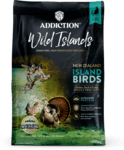Analysis Criteria
The analysis done for each product is the same as did with the CatFoodDB's Best Wet Cat Foods post,
where I evaluated and ranked each product based on their published ingredient lists and the guaranteed analysis.
For the purposes of this list, a dry cat food is any variety that contains less than 80% moisture as reported by the manufacturer. However,
only ready-to-eat varieties are included; those labeled as a raw, fresh, dehydrated, or frozen diet have been excluded as those formulas are different enough to
warrant their own list in the future.
Additionally, specialty varieties were also excluded from this evaluation. These specialty foods include all veterinary diets,
and well as products specifically developed for kittens or senior cats. Cats requiring these specialty diets have
their own unique dietary concerns and their products should often be evaluated on different criteria.
Ingredients
Each product is given a score based on an analysis of its ingredient list. Those with a named protein or
protein meal (ie "chicken" or "chicken meal") as their first ingredient are scored highest. Products with
named proteins and meals in their top 5 ingredients are also scored better than those products without.
Land-based proteins are also rated more favourably than seafood-based proteins - see this blog post for
and in-depth explanation of why.
Also, note that a generic "meat" or "fish" ingredient doesn't count as a protein in my evaluations; I find it rather suspicious that a
manufacturer is unable or unwilling to identify the source of the protein!
Products listing by-products, or bulk-adding fillers and grains in their top ingredient positions are scored lower.
Additionally, any questionable preservatives included
in the ingredient list will also reduce the product's score.
Nutrition
By law in North America, every commercially prepared cat food must publish a 'Guaranteed Analysis' that describes the percentages of protein,
fat, fiber and moisture that are contained within the product. Although these aren't exact values, they do allow us to approximate and compare the total
amount of protein and carbohydrates that are contained in each product. It's also important to note manufacturers are not required to list a product's ash content.
In cat food, ash is the term used to represent the inorganic minerals (like phosphorous, calcium, zinc and iron) that exist in the product. In products in which ash content is not
reported, CatFoodDB will assume 3% ash content in wet foods, and 6% in dry.
Similar to their ingredient score, each product is also scored based on its nutritional analysis
- those products that have higher amounts of protein and lower amounts of carbohydrates reported in this nutritional breakdown are scored higher.



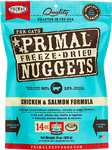
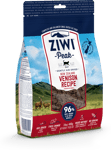
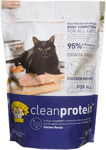

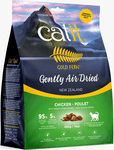

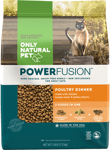
_dry.png)

